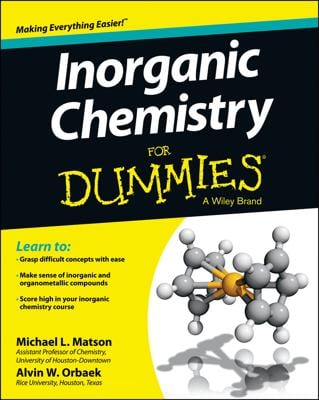Scientists now recognize that there are many subatomic particles (this really makes physicists salivate). But in order to be successful in chemistry, you really only need to be concerned with the three major subatomic particles:
- Protons
- Neutrons
- Electrons
The Three Major Subatomic Particles
| Name | Symbol | Charge | Mass (g) | Mass (amu) | Location |
| Proton | P+ | +1 | 1.673 x 10-24 | 1 | Nucleus |
| Neutron | n0 | 0 | 1.675 x 10-24 | 1 | Nucleus |
| Electron | e- | –1 | 9.109 x 10-28 | 0.0005 | Outside Nucleus |
Atomic mass units are based on something called the Carbon 12 scale, a worldwide standard that's been adopted for atomic weights. By international agreement, a carbon atom that contains 6 protons and 6 neutrons has an atomic weight of exactly 12 amu, so 1 amu is 1/12 of this carbon atom.
But what do carbon atoms and the number 12 have to do with anything? Because the mass in grams of protons and neutrons are almost exactly the same, both protons and neutrons are said to have a mass of 1 amu. Notice that the mass of an electron is much smaller than that of either a proton or neutron. It takes almost 2,000 electrons to equal the mass of a single proton.
The table also shows the electrical charge associated with each subatomic particle. Matter can be electrically charged in one of two ways: positive or negative. The proton carries one unit of positive charge, the electron carries one unit of negative charge, and the neutron has no charge — it's neutral.
Scientists have discovered through observation that objects with like charges, whether positive or negative, repel each other, and objects with unlike charges attract each other.
The atom itself has no charge. It's neutral. (Well, actually, certain atoms can gain or lose electrons and acquire a charge. Atoms that gain a charge, either positive or negative, are called ions.) So how can an atom be neutral if it contains positively charged protons and negatively charged electrons? Ah, good question. The answer is that there are equal numbers of protons and electrons — equal numbers of positive and negative charges — so they cancel each other out.
The last column in the table lists the location of the three subatomic particles. Protons and neutrons are located in the nucleus, a dense central core in the middle of the atom, while the electrons are located outside the nucleus.

